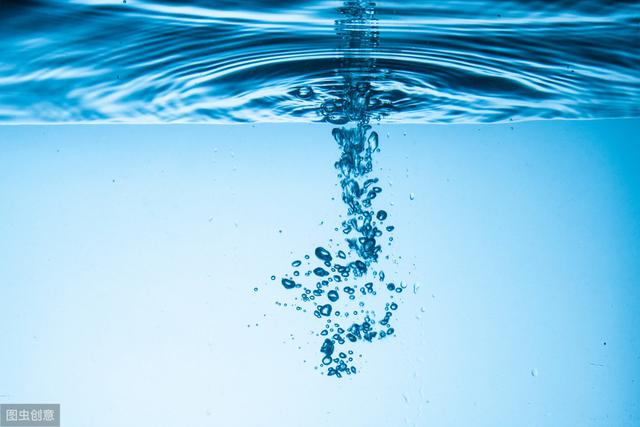Water is the source of life. Human beings are inseparable from water in their daily life and production activities. The quality of drinking water is closely related to human health.
With the development of social economy, scientific progress and the improvement of people’s living standards, people’s water quality requirements for drinking water have been continuously improved, and drinking water quality standards have been continuously developed and improved accordingly. Because the formulation of drinking water quality standards is related to people’s living habits, culture, economic conditions, scientific and technological development level, water resources and water quality status, not only between countries, but also between different regions of the same country. There are differences in the requirements for drinking water quality.
Detection Target
Drinking water mainly considers the impact on human health. In addition to physical and chemical indicators, the water quality standards also include microbiological indicators. For industrial water, it is considered whether it affects product quality or is prone to damage to containers and pipelines.
Detection Indicator
Chroma: Most people can detect the color of drinking water if it is greater than 15 degrees, and people are disgusted when it is greater than 30 degrees. The standard specifies that the color of drinking water should not exceed 15 degrees.
Turbidity: An expression of the optical properties of water samples, used to indicate the clarity and turbidity of water. It is one of the most important indicators for measuring the goodness of water quality. It is also an assessment of the purification efficiency of water treatment equipment and the evaluation of water treatment technology status. An important basis. The decrease of turbidity means that the content of microorganisms such as organic matter, bacteria and viruses in the water body is reduced, which not only improves the disinfection and sterilization effect, but also reduces the amount of halogenated organic matter.
Residual chlorine: Residual chlorine refers to the amount of chlorine remaining in the water after being chlorinated and chlorinated for a certain period of time. The continuous bactericidal ability in the water can prevent the self-contamination of the water supply pipeline and ensure the water quality of the water supply.

